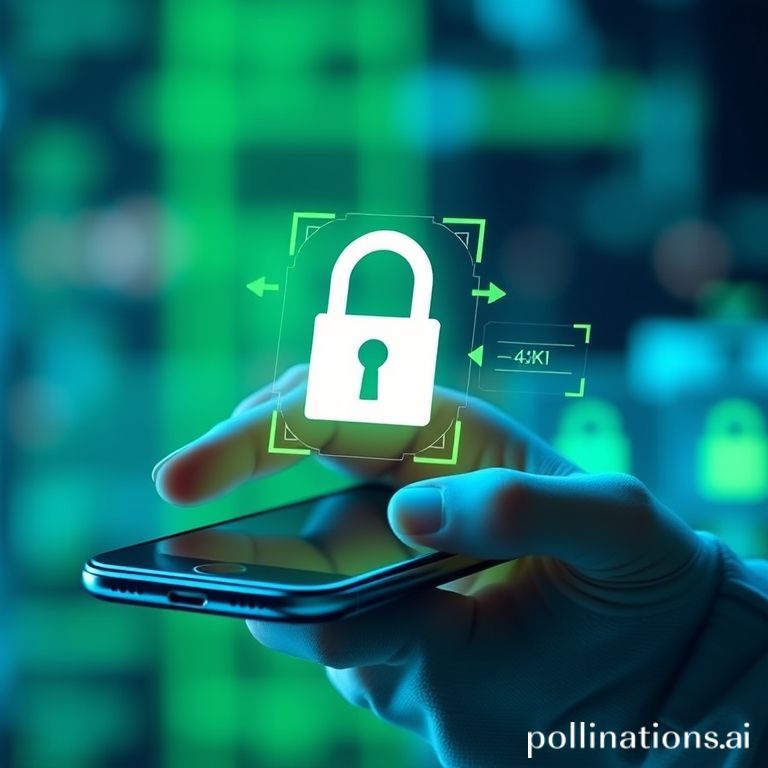
The digital landscape is rapidly evolving, bringing both unprecedented opportunities and profound challenges. At the forefront of these challenges is the rise of advanced Artificial Intelligence (AI) and its potential misuse, particularly through deepfake technology. These AI-generated fabrications pose a significant threat to information integrity, public trust, and even democratic processes, as evidenced by recent concerns over deepfake election interference. The urgency of this issue has propelled it to the highest echelons of global governance, with the UN Security Council recently deliberating on a global AI moratorium. This pivotal discussion underscores a universal demand for enhanced security in the digital age. As governments grapple with policy, individuals and organizations must also adopt robust strategies to safeguard their digital lives. This post will delve into the threats posed by AI and deepfakes and outline seven proven ways to protect yourself and contribute to a more secure digital future.
The Looming Threat to Global Security: AI and Deepfakes
Deepfake technology, a portmanteau of “deep learning” and “fake,” uses AI to generate synthetic media where a person in an existing image or video is replaced with someone else’s likeness. Initially a novelty, its capabilities have advanced dramatically, making it increasingly difficult to distinguish real from fabricated content. These sophisticated manipulations can mimic voices, alter facial expressions, and even create entirely synthetic videos that appear disturbingly authentic.
The implications of deepfakes for election security are particularly alarming. Imagine a scenario where a deepfake video of a political candidate making a controversial statement goes viral just days before an election. The damage to public perception could be irreversible, regardless of subsequent debunking. Such incidents threaten to erode trust in media, sow discord, and undermine the very foundations of democratic governance. The potential for foreign adversaries to weaponize deepfakes for disinformation campaigns adds another layer of complexity to national security concerns.
It is against this backdrop that the UN Security Council has stepped in, acknowledging the profound and multifaceted risks associated with unchecked AI development and deployment. Their debate on a global moratorium highlights the international community’s recognition that these threats transcend national borders, demanding a unified approach to ensure collective digital security. The discussion points to a critical need for global frameworks and collaborative strategies to mitigate these emerging risks.
Understanding the Need for Robust Security Frameworks
The Geopolitical Landscape of AI Security
The proliferation of advanced AI capabilities has fundamentally altered the geopolitical landscape, introducing new dimensions to international security. Nations are increasingly aware of AI’s dual-use nature, capable of both immense societal benefit and significant harm. From autonomous weapons systems to sophisticated cyber espionage tools, AI’s military applications are a growing concern, prompting calls for arms control and ethical guidelines.
The UN’s consideration of a global moratorium on certain AI applications, particularly those with high-risk potential like deepfake generation for political manipulation, reflects a worldwide apprehension. Such a moratorium aims to provide a crucial pause, allowing time for the development of international norms, regulations, and verification mechanisms. However, achieving global consensus on AI security frameworks is fraught with challenges, given varying national interests, technological capacities, and ethical perspectives.
Why Individual Digital Security Matters More Than Ever
While global discussions focus on national and international security, the individual’s role in this new digital era cannot be overstated. The same deepfake technology that can sway elections can also be used for personal harassment, financial fraud, or identity theft. Every individual’s digital footprint and vulnerability contribute to the broader ecosystem of cyber threats. Therefore, personal digital security is not just a private matter but a crucial component of overall societal resilience against AI-driven risks.
Understanding and implementing personal cybersecurity best practices becomes paramount. A strong digital defense starts with each user’s awareness and proactive measures. By shoring up individual defenses, we collectively strengthen the barrier against malicious AI applications, making it harder for bad actors to achieve their objectives, whether they are targeting individuals or larger systems.
7 Proven Ways to Enhance Your Digital Security and Protect Against AI Threats
1. Bolster Your Digital Security Hygiene
The foundation of all digital protection lies in strong cybersecurity habits. Start with robust and unique passwords for every online account. Using a reputable password manager can simplify this, creating complex, unguessable strings of characters for you.
Crucially, activate multi-factor authentication (MFA) wherever possible. This adds an extra layer of security by requiring a second form of verification, such as a code from your phone or a biometric scan, in addition to your password. This dramatically reduces the risk of unauthorized access, even if your password is compromised.
Regularly update all your software, operating systems, and applications. These updates often include critical security patches that fix vulnerabilities exploited by malicious actors. Neglecting updates leaves your devices open to known exploits, making them an easy target for AI-powered attacks.
2. Cultivate Critical Information Literacy
In an age of pervasive deepfakes, the ability to critically evaluate information is your most potent defense. Develop a skeptical mindset when encountering sensational or emotionally charged content, especially if it appears to be from an unexpected source or contradicts established facts.
Practice fact-checking by cross-referencing information with multiple, reputable news sources and independent fact-checking organizations. Be wary of content that lacks verifiable sources or relies solely on anonymous claims. Understanding the context of information is key to discerning its authenticity.
Learn to recognize common signs of AI manipulation. These can include subtle inconsistencies in lighting, unnatural eye blinks, distorted audio, or unusual movements in a video. While deepfakes are becoming more sophisticated, a keen eye and ear can often spot imperfections, contributing to your overall digital security.
3. Leverage AI Detection Tools and Software
As deepfake technology advances, so too does the technology designed to detect it. Researchers and tech companies are developing sophisticated AI detection tools that can analyze media for forensic clues, such as digital watermarks, inconsistencies in pixel data, or anomalies in human behavior patterns that suggest manipulation.
While no detection tool is foolproof, integrating them into your workflow, especially if you handle sensitive information, can add an important layer of verification. Many social media platforms and news organizations are also investing in these tools to flag potentially manipulated content. Stay informed about the latest advancements in deepfake detection and consider using reputable software where available.
It’s important to acknowledge the ongoing “arms race” between AI generation and detection. As deepfake technology becomes more refined, detection methods must continuously evolve to keep pace. This dynamic underscores the need for constant vigilance and adaptation in the realm of digital security.
4. Support Ethical AI Development and Regulation
Individual actions extend beyond personal digital habits; they also include advocating for responsible technological governance. Support organizations and initiatives that champion ethical AI development, transparency, and accountability. This involves pushing for policies that mandate clear labeling of AI-generated content and robust legal frameworks to prosecute malicious deepfake creators.
The UN Security Council’s debate is a prime example of global efforts, but public engagement is vital to ensure that policy makers prioritize these issues. By supporting ethical guidelines, you contribute to a broader environment where AI is developed and deployed with human welfare and societal security in mind, rather than solely for profit or power.
5. Strengthen Organizational Security Protocols
For businesses, governments, and educational institutions, robust organizational security is paramount. This includes comprehensive employee training on recognizing deepfake threats, phishing attempts, and social engineering tactics that are increasingly powered by AI. Human error remains a significant vulnerability, and an informed workforce is the first line of defense.
Implement strong network security measures, including firewalls, intrusion detection systems, and regular security audits. Protecting sensitive data from AI-powered reconnaissance and exfiltration is critical. This involves encrypting data, restricting access, and having incident response plans in place to quickly address any breaches. A proactive approach to organizational security minimizes exposure to sophisticated AI threats.
6. Promote Digital Citizenship and Awareness
Beyond individual and organizational efforts, fostering a culture of strong digital citizenship within communities is essential. This means actively educating friends, family, and colleagues about the risks of deepfakes and the importance of verifying information. Encourage responsible sharing of content and discourage the spread of unverified claims.
Participate in and support educational initiatives that raise public awareness about online risks and promote media literacy. A collectively informed populace is far more resilient against disinformation campaigns, whether they originate from human actors or advanced AI. This shared responsibility forms a crucial aspect of collective digital security.
7. Engage with Global Security Initiatives
Understanding and engaging with the efforts of international bodies like the UN, as well as academic institutions and non-governmental organizations working on AI governance, provides a broader perspective on global security challenges. These organizations are often at the forefront of developing international norms, research, and policy recommendations.
While direct individual participation might be limited, staying informed about their progress and supporting their calls for responsible AI development and regulation can have a significant impact. Advocating for international cooperation and shared standards is vital, as AI threats are global in nature and require global solutions. Your awareness contributes to a stronger foundation for international AI security frameworks.
The Path Forward for Collective Security
The advent of AI and deepfake technology presents a dichotomy: immense potential for good, alongside significant risks to our individual and collective security. The UN Security Council’s recent discussions highlight the profound global implications and the urgent need for a concerted, multi-pronged response. From national defense to the integrity of democratic elections, and down to our personal digital identities, the stakes are incredibly high.
Ultimately, safeguarding against AI threats is a shared responsibility. It requires robust policy at the international level, stringent protocols within organizations, and diligent practices from every individual. By understanding the threats and proactively implementing the seven proven strategies outlined, we can collectively build a more resilient and secure digital future. The journey towards comprehensive digital security is ongoing, demanding continuous learning, adaptation, and collaboration.
Stay informed, implement these security practices diligently, and advocate for a safer digital future. Your actions, however small, contribute to the larger goal of protecting our information, our democracies, and our societies from the evolving challenges of artificial intelligence. Let’s work together to ensure that innovation serves humanity responsibly.
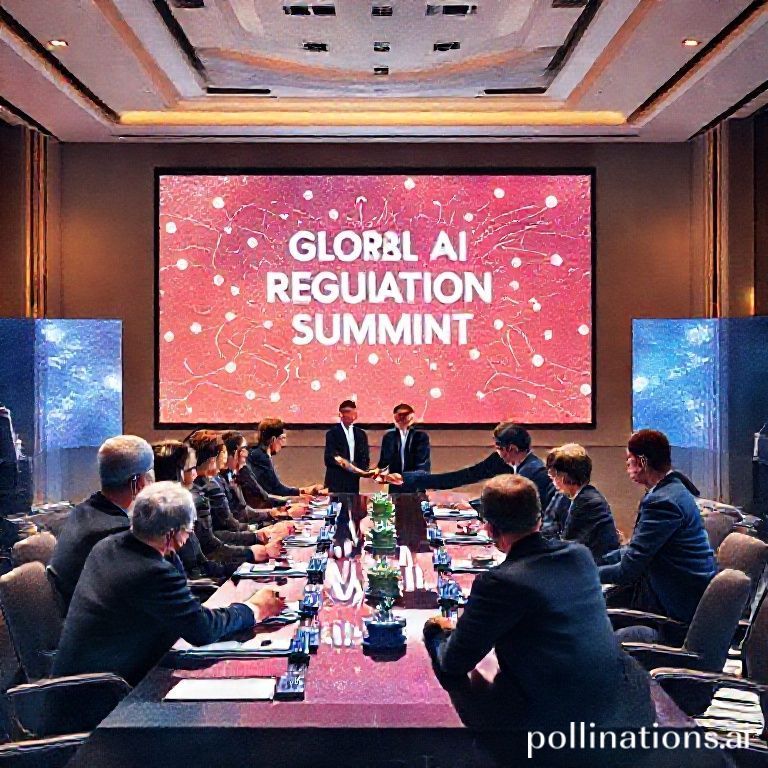
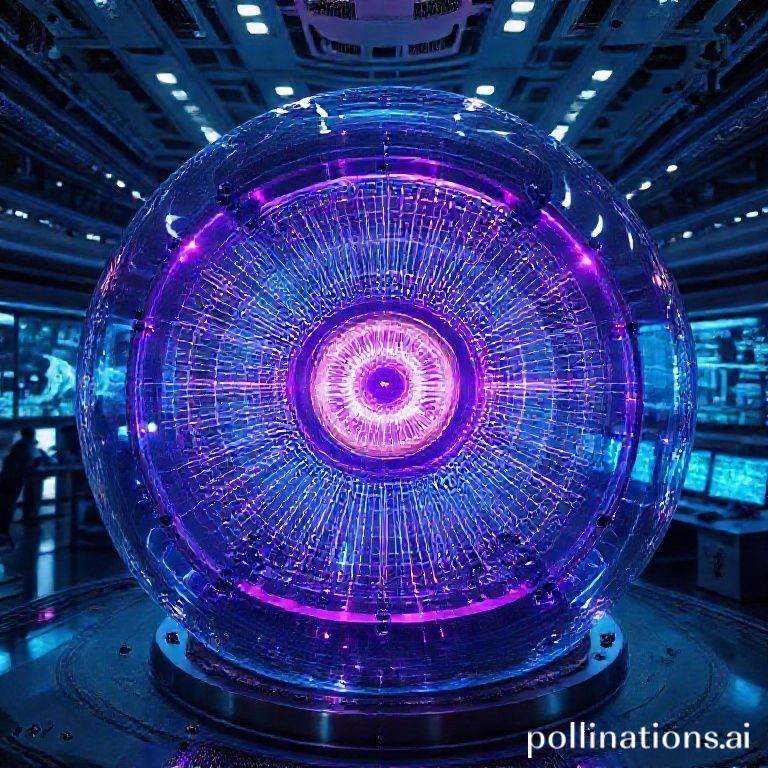
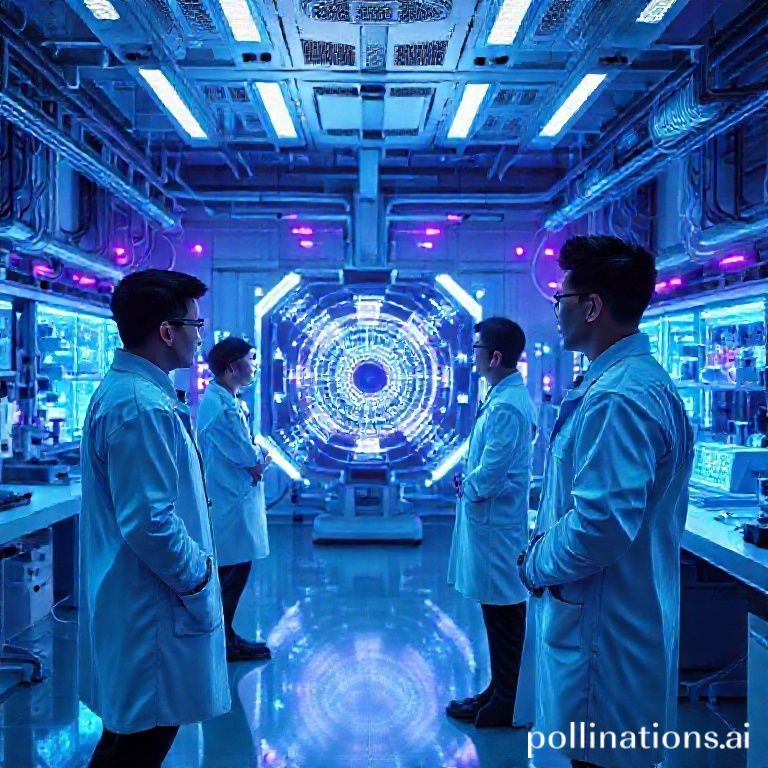
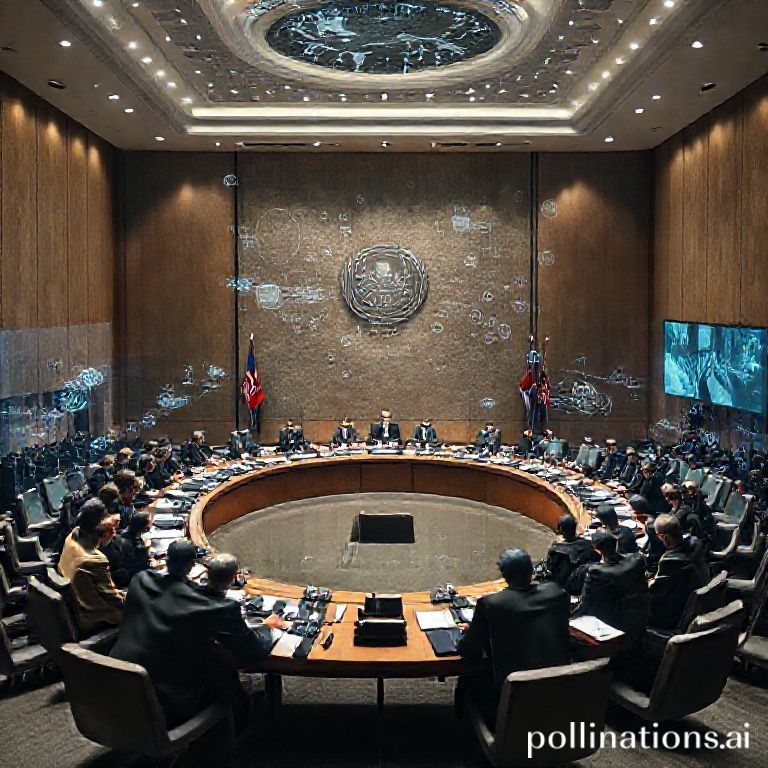
Who knew my daily struggle with remembering my password was part of a global AI arms race? Its heartening to see the UN considering a moratorium on deepfakes, though I suspect my cats deepfake meowing at me daily might get overlooked. Still, while Im polishing my critical thinking skills to spot AI manipulation, I cant help but wonder if the biggest threat isnt sophisticated deepfakes, but my neighbor using AI to finally win his annual lawn gnome contest. But seriously, bolstering our digital hygiene and supporting ethical AI is crucial – we need to make sure the only thing AI is used to recommend is whats for dinner, not who to vote for!